Jiwu Huang
Prompt Engineering-assisted Malware Dynamic Analysis Using GPT-4
Dec 13, 2023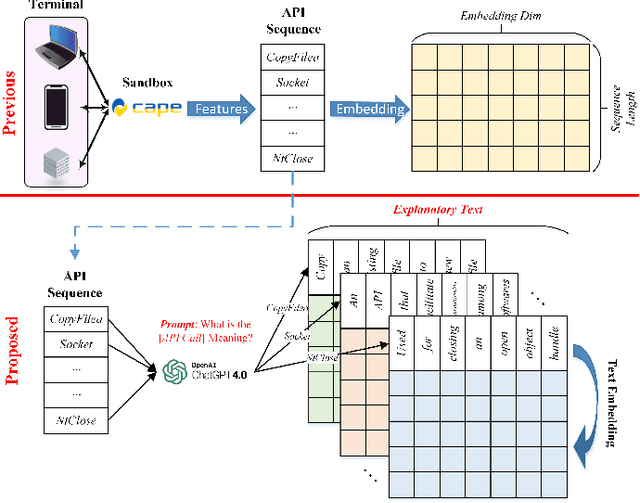

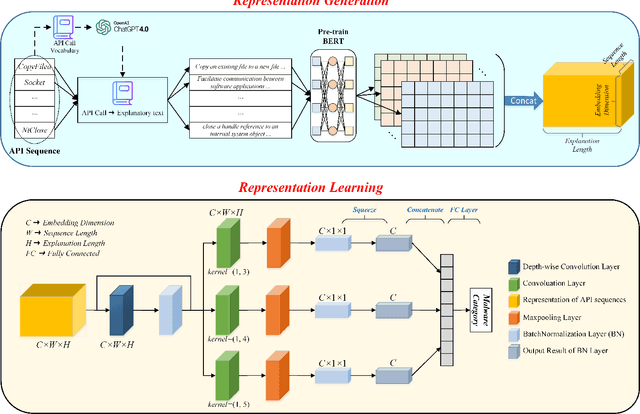
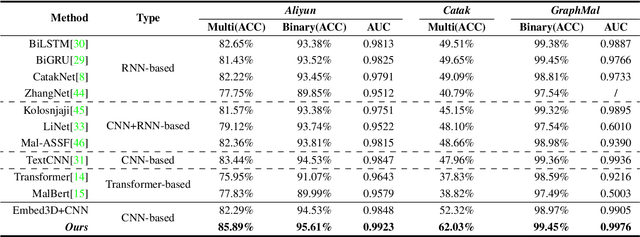
Abstract:Dynamic analysis methods effectively identify shelled, wrapped, or obfuscated malware, thereby preventing them from invading computers. As a significant representation of dynamic malware behavior, the API (Application Programming Interface) sequence, comprised of consecutive API calls, has progressively become the dominant feature of dynamic analysis methods. Though there have been numerous deep learning models for malware detection based on API sequences, the quality of API call representations produced by those models is limited. These models cannot generate representations for unknown API calls, which weakens both the detection performance and the generalization. Further, the concept drift phenomenon of API calls is prominent. To tackle these issues, we introduce a prompt engineering-assisted malware dynamic analysis using GPT-4. In this method, GPT-4 is employed to create explanatory text for each API call within the API sequence. Afterward, the pre-trained language model BERT is used to obtain the representation of the text, from which we derive the representation of the API sequence. Theoretically, this proposed method is capable of generating representations for all API calls, excluding the necessity for dataset training during the generation process. Utilizing the representation, a CNN-based detection model is designed to extract the feature. We adopt five benchmark datasets to validate the performance of the proposed model. The experimental results reveal that the proposed detection algorithm performs better than the state-of-the-art method (TextCNN). Specifically, in cross-database experiments and few-shot learning experiments, the proposed model achieves excellent detection performance and almost a 100% recall rate for malware, verifying its superior generalization performance. The code is available at: github.com/yan-scnu/Prompted_Dynamic_Detection.
Evading Detection Actively: Toward Anti-Forensics against Forgery Localization
Oct 16, 2023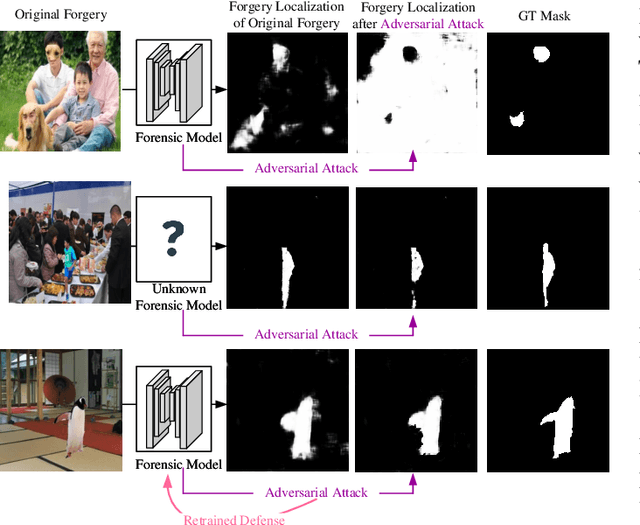
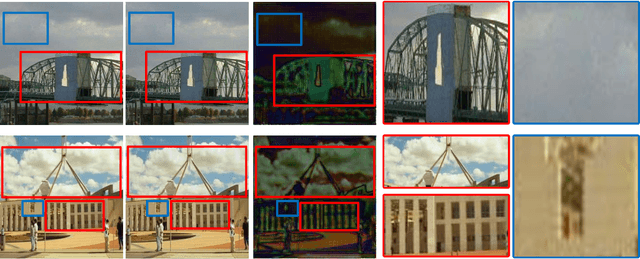
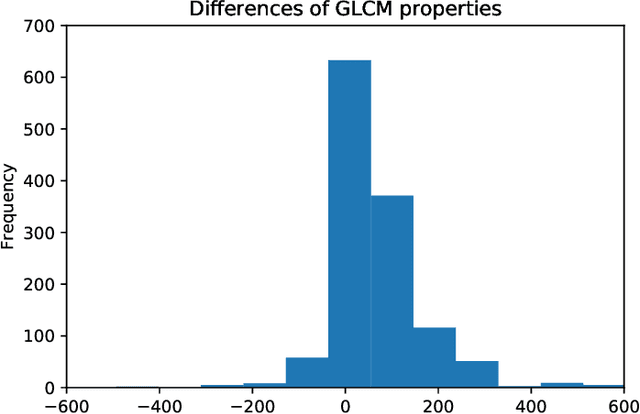
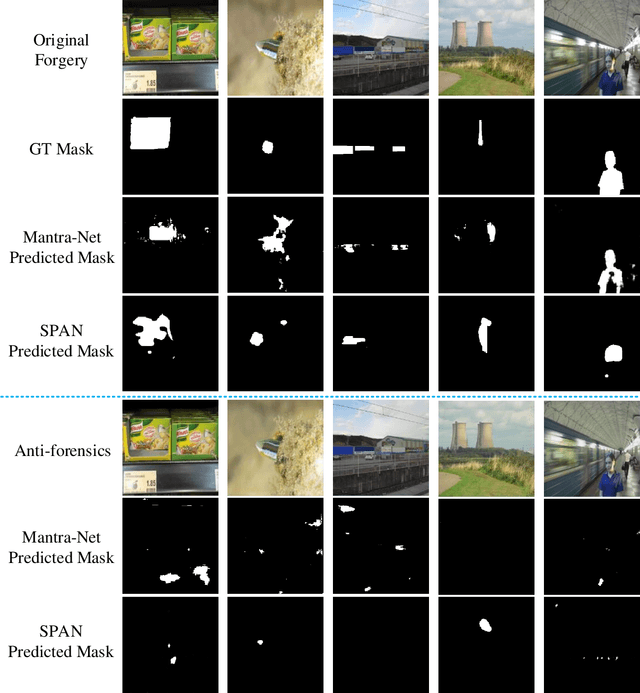
Abstract:Anti-forensics seeks to eliminate or conceal traces of tampering artifacts. Typically, anti-forensic methods are designed to deceive binary detectors and persuade them to misjudge the authenticity of an image. However, to the best of our knowledge, no attempts have been made to deceive forgery detectors at the pixel level and mis-locate forged regions. Traditional adversarial attack methods cannot be directly used against forgery localization due to the following defects: 1) they tend to just naively induce the target forensic models to flip their pixel-level pristine or forged decisions; 2) their anti-forensics performance tends to be severely degraded when faced with the unseen forensic models; 3) they lose validity once the target forensic models are retrained with the anti-forensics images generated by them. To tackle the three defects, we propose SEAR (Self-supErvised Anti-foRensics), a novel self-supervised and adversarial training algorithm that effectively trains deep-learning anti-forensic models against forgery localization. SEAR sets a pretext task to reconstruct perturbation for self-supervised learning. In adversarial training, SEAR employs a forgery localization model as a supervisor to explore tampering features and constructs a deep-learning concealer to erase corresponding traces. We have conducted largescale experiments across diverse datasets. The experimental results demonstrate that, through the combination of self-supervised learning and adversarial learning, SEAR successfully deceives the state-of-the-art forgery localization methods, as well as tackle the three defects regarding traditional adversarial attack methods mentioned above.
Forgery-aware Adaptive Vision Transformer for Face Forgery Detection
Sep 20, 2023Abstract:With the advancement in face manipulation technologies, the importance of face forgery detection in protecting authentication integrity becomes increasingly evident. Previous Vision Transformer (ViT)-based detectors have demonstrated subpar performance in cross-database evaluations, primarily because fully fine-tuning with limited Deepfake data often leads to forgetting pre-trained knowledge and over-fitting to data-specific ones. To circumvent these issues, we propose a novel Forgery-aware Adaptive Vision Transformer (FA-ViT). In FA-ViT, the vanilla ViT's parameters are frozen to preserve its pre-trained knowledge, while two specially designed components, the Local-aware Forgery Injector (LFI) and the Global-aware Forgery Adaptor (GFA), are employed to adapt forgery-related knowledge. our proposed FA-ViT effectively combines these two different types of knowledge to form the general forgery features for detecting Deepfakes. Specifically, LFI captures local discriminative information and incorporates these information into ViT via Neighborhood-Preserving Cross Attention (NPCA). Simultaneously, GFA learns adaptive knowledge in the self-attention layer, bridging the gap between the two different domain. Furthermore, we design a novel Single Domain Pairwise Learning (SDPL) to facilitate fine-grained information learning in FA-ViT. The extensive experiments demonstrate that our FA-ViT achieves state-of-the-art performance in cross-dataset evaluation and cross-manipulation scenarios, and improves the robustness against unseen perturbations.
Beyond the Prior Forgery Knowledge: Mining Critical Clues for General Face Forgery Detection
Apr 24, 2023Abstract:Face forgery detection is essential in combating malicious digital face attacks. Previous methods mainly rely on prior expert knowledge to capture specific forgery clues, such as noise patterns, blending boundaries, and frequency artifacts. However, these methods tend to get trapped in local optima, resulting in limited robustness and generalization capability. To address these issues, we propose a novel Critical Forgery Mining (CFM) framework, which can be flexibly assembled with various backbones to boost their generalization and robustness performance. Specifically, we first build a fine-grained triplet and suppress specific forgery traces through prior knowledge-agnostic data augmentation. Subsequently, we propose a fine-grained relation learning prototype to mine critical information in forgeries through instance and local similarity-aware losses. Moreover, we design a novel progressive learning controller to guide the model to focus on principal feature components, enabling it to learn critical forgery features in a coarse-to-fine manner. The proposed method achieves state-of-the-art forgery detection performance under various challenging evaluation settings.
ReLoc: A Restoration-Assisted Framework for Robust Image Tampering Localization
Nov 08, 2022Abstract:With the spread of tampered images, locating the tampered regions in digital images has drawn increasing attention. The existing image tampering localization methods, however, suffer from severe performance degradation when the tampered images are subjected to some post-processing, as the tampering traces would be distorted by the post-processing operations. The poor robustness against post-processing has become a bottleneck for the practical applications of image tampering localization techniques. In order to address this issue, this paper proposes a novel restoration-assisted framework for image tampering localization (ReLoc). The ReLoc framework mainly consists of an image restoration module and a tampering localization module. The key idea of ReLoc is to use the restoration module to recover a high-quality counterpart of the distorted tampered image, such that the distorted tampering traces can be re-enhanced, facilitating the tampering localization module to identify the tampered regions. To achieve this, the restoration module is optimized not only with the conventional constraints on image visual quality but also with a forensics-oriented objective function. Furthermore, the restoration module and the localization module are trained alternately, which can stabilize the training process and is beneficial for improving the performance. The proposed framework is evaluated by fighting against JPEG compression, the most commonly used post-processing. Extensive experimental results show that ReLoc can significantly improve the robustness against JPEG compression. The restoration module in a well-trained ReLoc model is transferable. Namely, it is still effective when being directly deployed with another tampering localization module.
Forensicability Assessment of Questioned Images in Recapturing Detection
Sep 05, 2022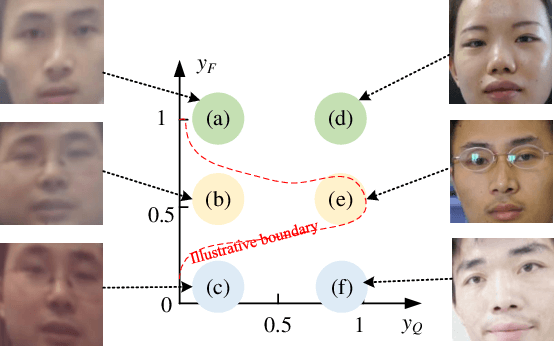
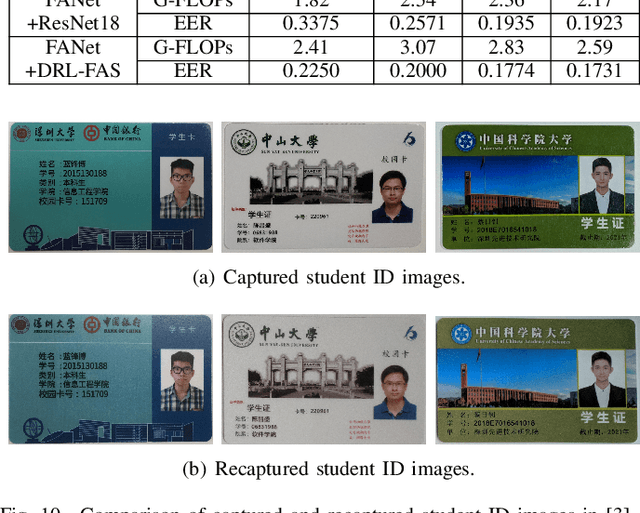
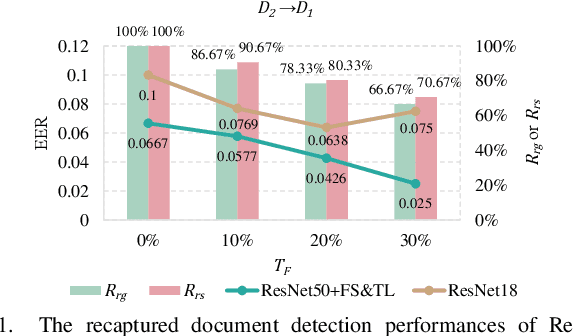
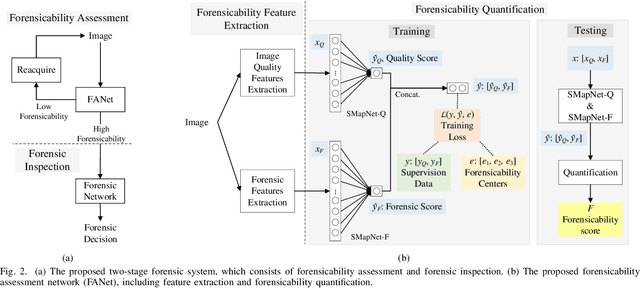
Abstract:Recapture detection of face and document images is an important forensic task. With deep learning, the performances of face anti-spoofing (FAS) and recaptured document detection have been improved significantly. However, the performances are not yet satisfactory on samples with weak forensic cues. The amount of forensic cues can be quantified to allow a reliable forensic result. In this work, we propose a forensicability assessment network to quantify the forensicability of the questioned samples. The low-forensicability samples are rejected before the actual recapturing detection process to improve the efficiency of recapturing detection systems. We first extract forensicability features related to both image quality assessment and forensic tasks. By exploiting domain knowledge of the forensic application in image quality and forensic features, we define three task-specific forensicability classes and the initialized locations in the feature space. Based on the extracted features and the defined centers, we train the proposed forensic assessment network (FANet) with cross-entropy loss and update the centers with a momentum-based update method. We integrate the trained FANet with practical recapturing detection schemes in face anti-spoofing and recaptured document detection tasks. Experimental results show that, for a generic CNN-based FAS scheme, FANet reduces the EERs from 33.75% to 19.23% under ROSE to IDIAP protocol by rejecting samples with the lowest 30% forensicability scores. The performance of FAS schemes is poor in the rejected samples, with EER as high as 56.48%. Similar performances in rejecting low-forensicability samples have been observed for the state-of-the-art approaches in FAS and recaptured document detection tasks. To the best of our knowledge, this is the first work that assesses the forensicability of recaptured document images and improves the system efficiency.
STD-NET: Search of Image Steganalytic Deep-learning Architecture via Hierarchical Tensor Decomposition
Jun 12, 2022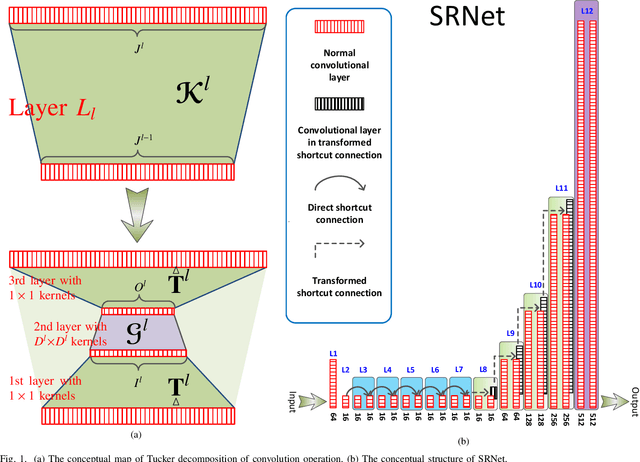
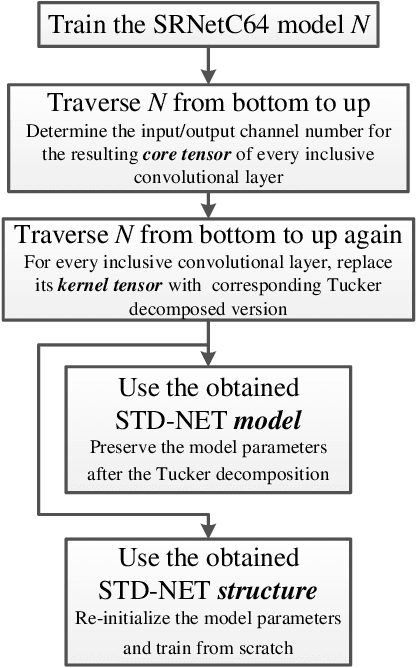
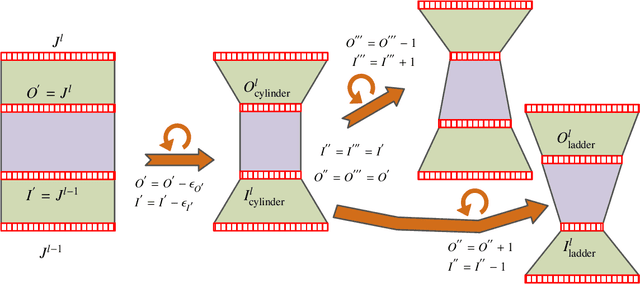
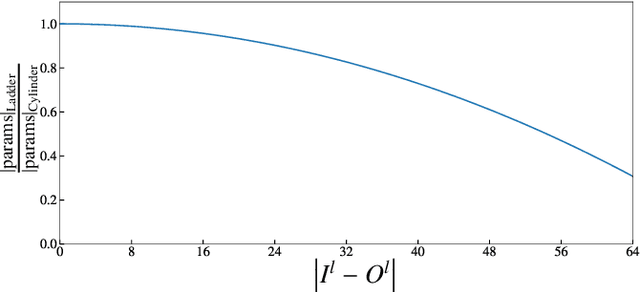
Abstract:Recent studies shows that the majority of existing deep steganalysis models have a large amount of redundancy, which leads to a huge waste of storage and computing resources. The existing model compression method cannot flexibly compress the convolutional layer in residual shortcut block so that a satisfactory shrinking rate cannot be obtained. In this paper, we propose STD-NET, an unsupervised deep-learning architecture search approach via hierarchical tensor decomposition for image steganalysis. Our proposed strategy will not be restricted by various residual connections, since this strategy does not change the number of input and output channels of the convolution block. We propose a normalized distortion threshold to evaluate the sensitivity of each involved convolutional layer of the base model to guide STD-NET to compress target network in an efficient and unsupervised approach, and obtain two network structures of different shapes with low computation cost and similar performance compared with the original one. Extensive experiments have confirmed that, on one hand, our model can achieve comparable or even better detection performance in various steganalytic scenarios due to the great adaptivity of the obtained network architecture. On the other hand, the experimental results also demonstrate that our proposed strategy is more efficient and can remove more redundancy compared with previous steganalytic network compression methods.
Universal Deep Network for Steganalysis of Color Image based on Channel Representation
Nov 24, 2021Abstract:Up to now, most existing steganalytic methods are designed for grayscale images, and they are not suitable for color images that are widely used in current social networks. In this paper, we design a universal color image steganalysis network (called UCNet) in spatial and JPEG domains. The proposed method includes preprocessing, convolutional, and classification modules. To preserve the steganographic artifacts in each color channel, in preprocessing module, we firstly separate the input image into three channels according to the corresponding embedding spaces (i.e. RGB for spatial steganography and YCbCr for JPEG steganography), and then extract the image residuals with 62 fixed high-pass filters, finally concatenate all truncated residuals for subsequent analysis rather than adding them together with normal convolution like existing CNN-based steganalyzers. To accelerate the network convergence and effectively reduce the number of parameters, in convolutional module, we carefully design three types of layers with different shortcut connections and group convolution structures to further learn high-level steganalytic features. In classification module, we employ a global average pooling and fully connected layer for classification. We conduct extensive experiments on ALASKA II to demonstrate that the proposed method can achieve state-of-the-art results compared with the modern CNN-based steganalyzers (e.g., SRNet and J-YeNet) in both spatial and JPEG domains, while keeping relatively few memory requirements and training time. Furthermore, we also provide necessary descriptions and many ablation experiments to verify the rationality of the network design.
Robust Privacy-Preserving Motion Detection and Object Tracking in Encrypted Streaming Video
Aug 30, 2021



Abstract:Video privacy leakage is becoming an increasingly severe public problem, especially in cloud-based video surveillance systems. It leads to the new need for secure cloud-based video applications, where the video is encrypted for privacy protection. Despite some methods that have been proposed for encrypted video moving object detection and tracking, none has robust performance against complex and dynamic scenes. In this paper, we propose an efficient and robust privacy-preserving motion detection and multiple object tracking scheme for encrypted surveillance video bitstreams. By analyzing the properties of the video codec and format-compliant encryption schemes, we propose a new compressed-domain feature to capture motion information in complex surveillance scenarios. Based on this feature, we design an adaptive clustering algorithm for moving object segmentation with an accuracy of 4x4 pixels. We then propose a multiple object tracking scheme that uses Kalman filter estimation and adaptive measurement refinement. The proposed scheme does not require video decryption or full decompression and has a very low computation load. The experimental results demonstrate that our scheme achieves the best detection and tracking performance compared with existing works in the encrypted and compressed domain. Our scheme can be effectively used in complex surveillance scenarios with different challenges, such as camera movement/jitter, dynamic background, and shadows.
Self-Adversarial Training incorporating Forgery Attention for Image Forgery Localization
Jul 06, 2021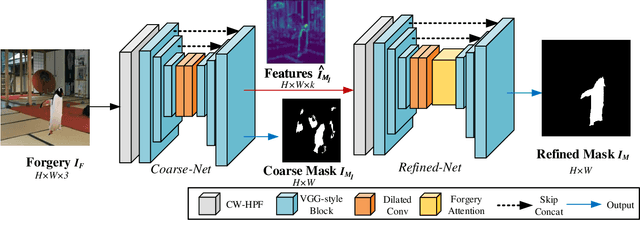
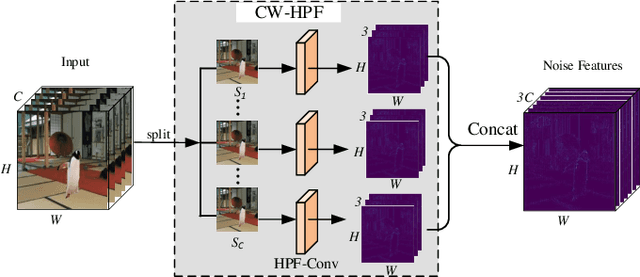
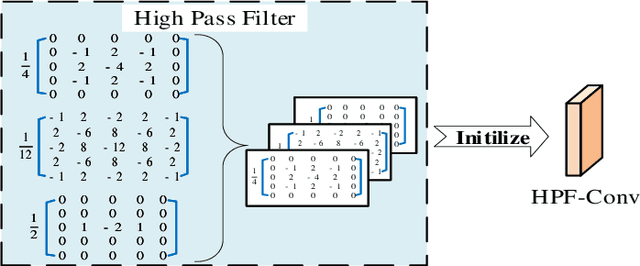
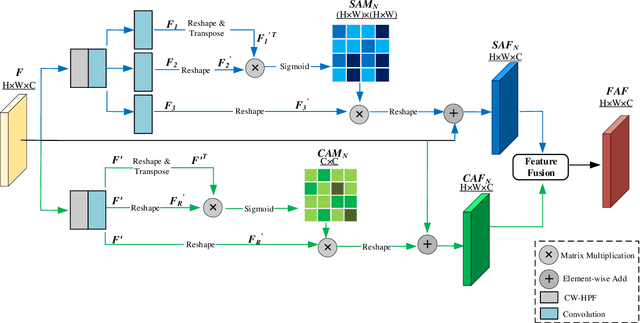
Abstract:Image editing techniques enable people to modify the content of an image without leaving visual traces and thus may cause serious security risks. Hence the detection and localization of these forgeries become quite necessary and challenging. Furthermore, unlike other tasks with extensive data, there is usually a lack of annotated forged images for training due to annotation difficulties. In this paper, we propose a self-adversarial training strategy and a reliable coarse-to-fine network that utilizes a self-attention mechanism to localize forged regions in forgery images. The self-attention module is based on a Channel-Wise High Pass Filter block (CW-HPF). CW-HPF leverages inter-channel relationships of features and extracts noise features by high pass filters. Based on the CW-HPF, a self-attention mechanism, called forgery attention, is proposed to capture rich contextual dependencies of intrinsic inconsistency extracted from tampered regions. Specifically, we append two types of attention modules on top of CW-HPF respectively to model internal interdependencies in spatial dimension and external dependencies among channels. We exploit a coarse-to-fine network to enhance the noise inconsistency between original and tampered regions. More importantly, to address the issue of insufficient training data, we design a self-adversarial training strategy that expands training data dynamically to achieve more robust performance. Specifically, in each training iteration, we perform adversarial attacks against our network to generate adversarial examples and train our model on them. Extensive experimental results demonstrate that our proposed algorithm steadily outperforms state-of-the-art methods by a clear margin in different benchmark datasets.
 Add to Chrome
Add to Chrome Add to Firefox
Add to Firefox Add to Edge
Add to Edge